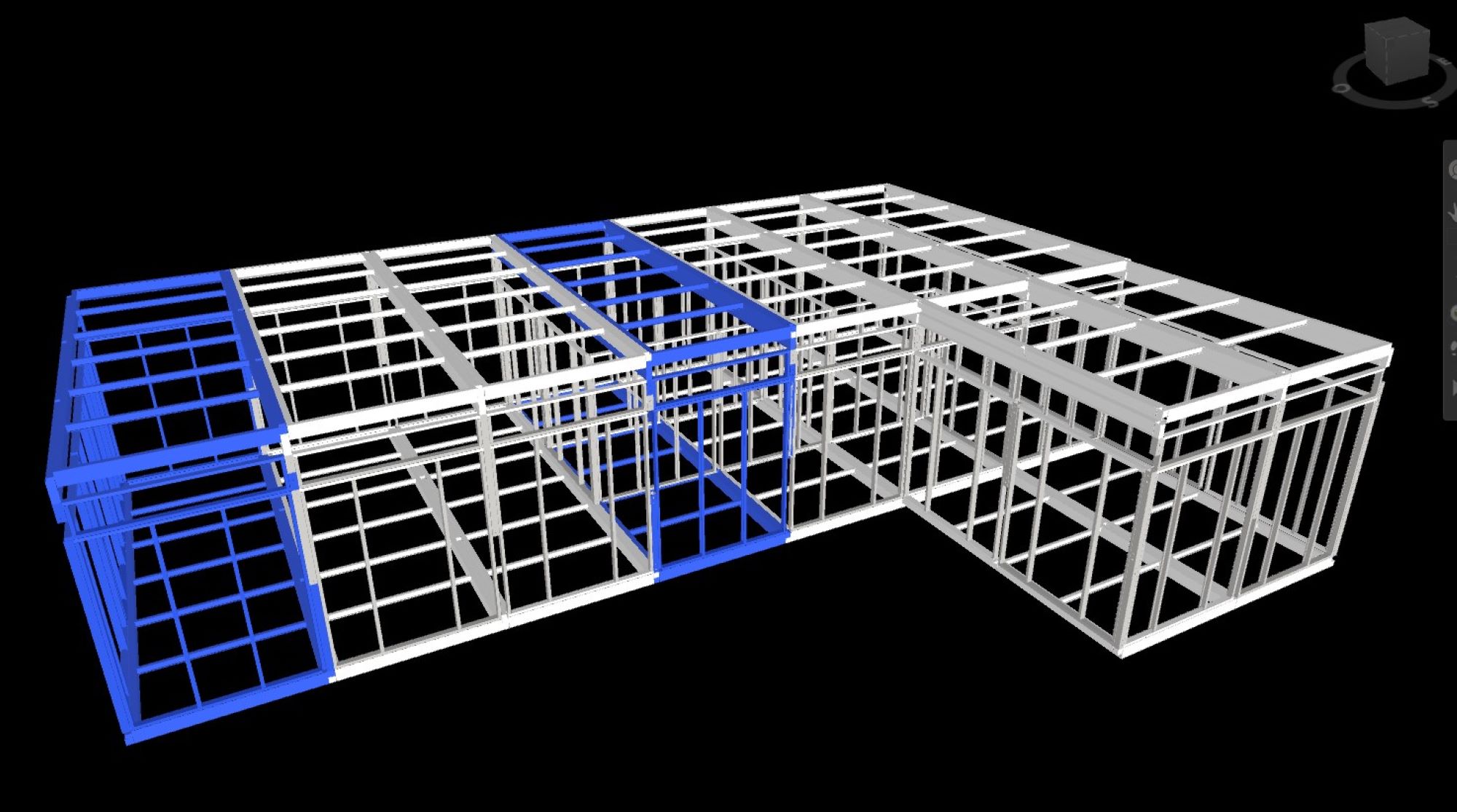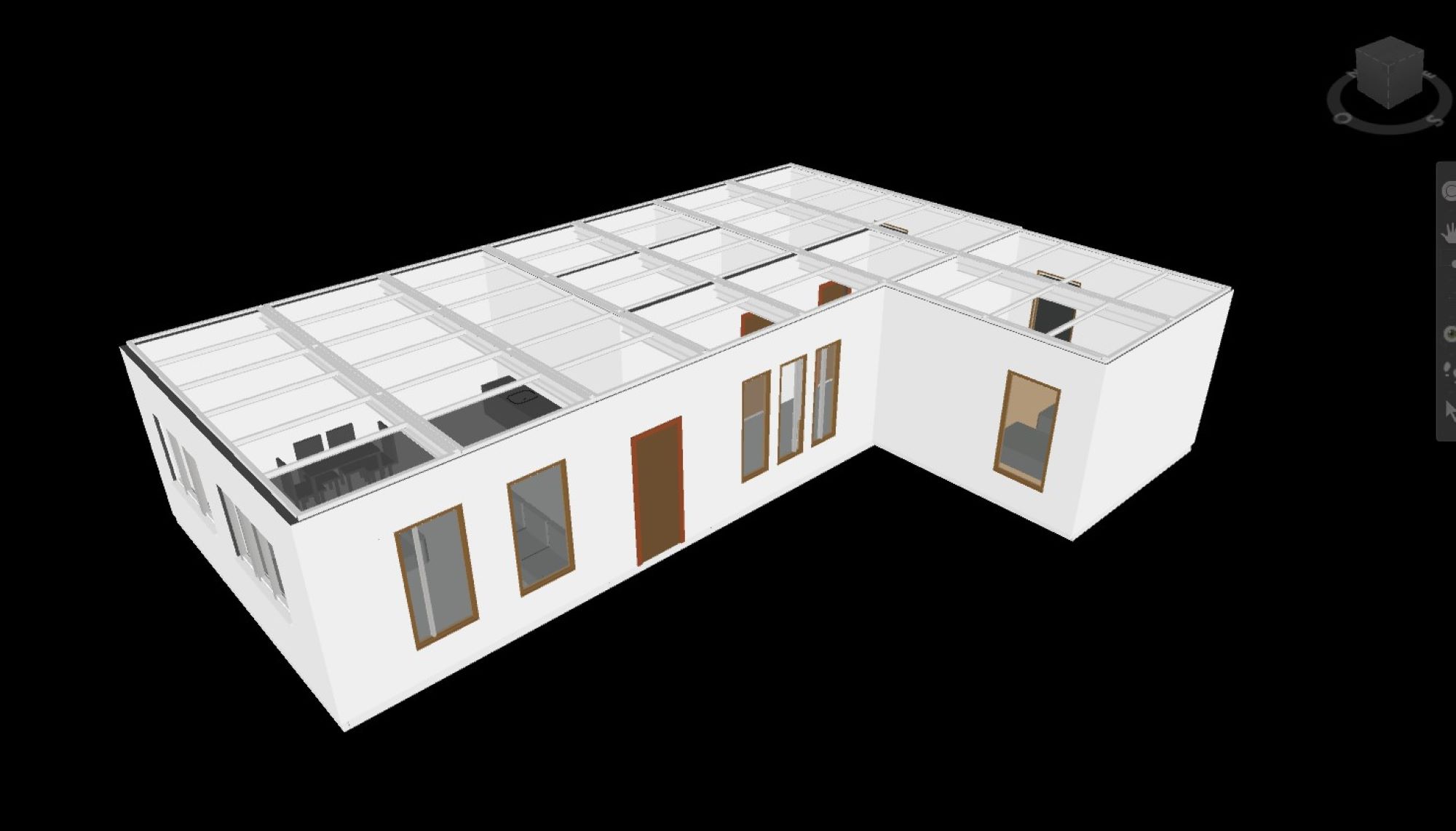Industrialised dwellings are housing built in a factory or workshop using controlled production processes. They are then assembled at the construction site. The use of BIM (Building Information Modelling) methodology in this manufacturing process also offers several advantages:
-BIM allows the creation of detailed three-dimensional models of the house, which facilitates visualisation of the final design and helps identify potential problems or improvements prior to construction.
-The different teams involved in the project, such as architects, engineers, contractors and manufacturers, collaborate more efficiently. Information is exchanged in real time, which reduces errors and conflicts during construction.
-By using BIM, the data needed to manufacture housing components accurately is generated. This allows for better quality control and a more efficient manufacturing process.
-BIM facilitates construction planning and scheduling. The data generated in the BIM model is used to create detailed schedules, allocate resources and optimise construction processes.
-Once the industrialised housing is built, the BIM model becomes a useful tool for building management and maintenance. Data on the components used, the systems installed and maintenance dates are recorded and available to the user to carry out maintenance tasks more efficiently.
By Eduardo Hernández García, Senior Structural Modeller at Amusement Logic’s Architecture Dept.








